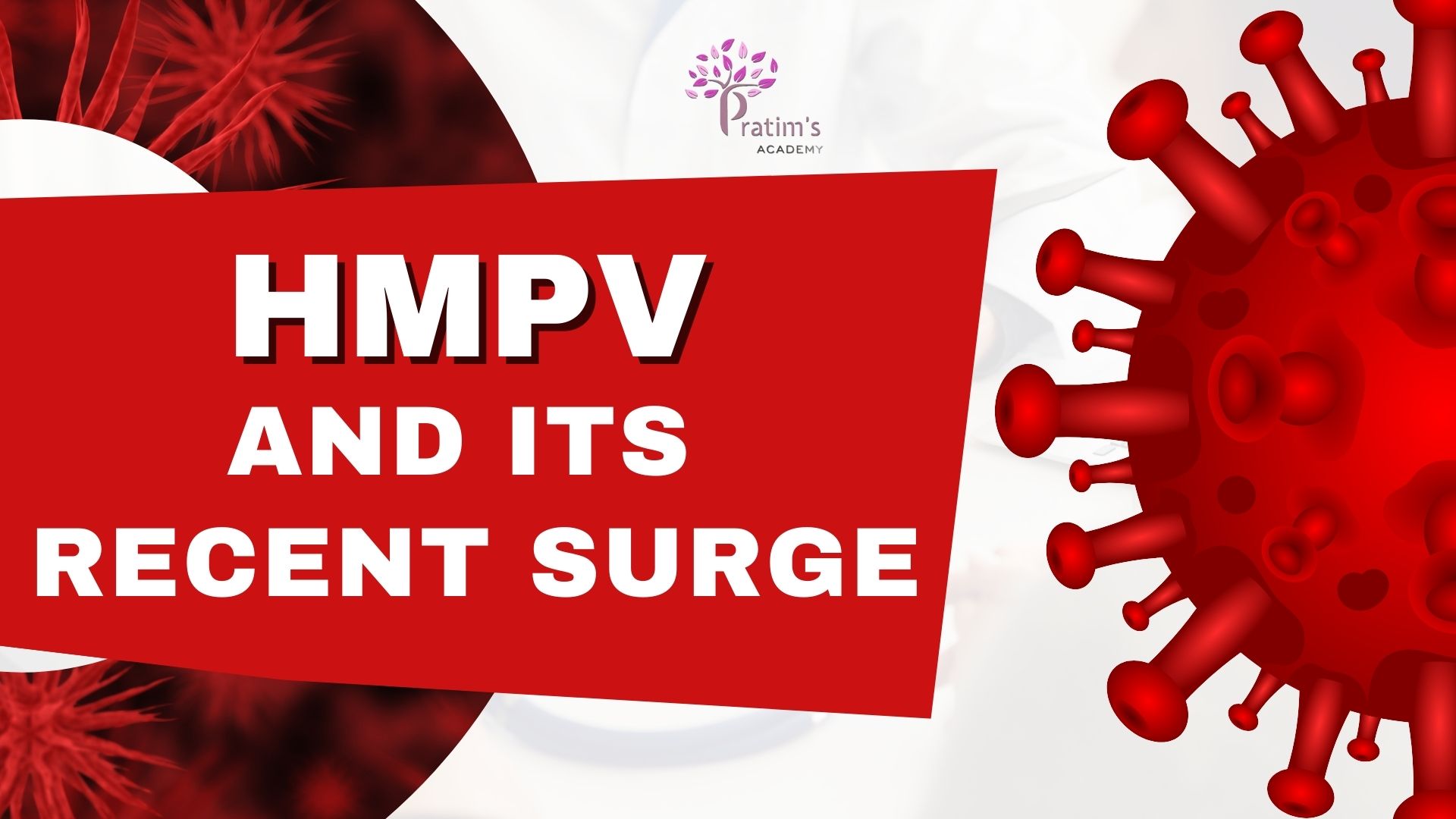
We all faced a tremendous, horrible quarantine experience during the COVID period. Many of us lost our near and dear ones during that phase. As the saying goes, “A burnt child dreads the fire,” we now find ourselves gripped by fear whenever we hear or watch the news of another virus spreading across the world. This time, the culprit is HMPV or Human Metapneumovirus. Before we let fear take hold and rumors spread, it is essential to understand this new disease and its implications. Knowledge is our first line of defense against panic.

Though less well-known compared to its infamous counterparts like the flu or COVID-19, this respiratory virus has become a significant concern for global health experts. So, what exactly is HMPV, and why is it causing such alarm? Let’s delve deeper.
First identified in 2001, HMPV is a respiratory virus belonging to the Paramyxoviridae family, the same group that includes respiratory syncytial virus (RSV). It primarily affects the respiratory tract and is a leading cause of upper and lower respiratory infections in individuals of all age groups, with a particular impact on young children, older adults, and immunocompromised individuals.
Recent reports have indicated a spike in HMPV cases worldwide, raising concerns among healthcare providers. Experts suggest several reasons for this uptick:
HMPV symptoms often mimic those of other respiratory illnesses, making it tricky to diagnose without specific testing. Common symptoms include:

While mild cases resolve on their own, severe infections can lead to complications like pneumonia or bronchitis, necessitating medical intervention.
Vulnerable groups include:

Though there is no specific antiviral treatment or vaccine for HMPV yet, general preventive measures can reduce the risk of infection:

Treatment for HMPV focuses on symptom management:
Researchers are actively exploring vaccine options and therapeutic strategies for HMPV. Until then, public awareness and adherence to preventive measures remain our best defence.
The surge in HMPV cases serves as a stark reminder of the ever-evolving landscape of infectious diseases. Staying informed, vigilant, and proactive can help us navigate this new threat while protecting ourselves and our communities.